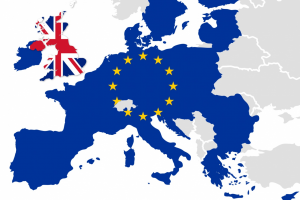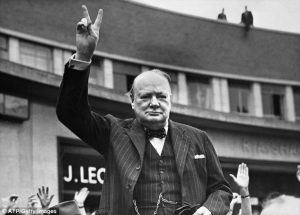The Imperial Political Elite Establishment’s Strategies for Protecting British Power
In Pakistan, Mohammed Ali Jinnah became the Governor-General. Lord Mountbatten served briefly as the Governor-General of India where Nehru became the Prime Minister. Gandhi, who had mobilised the masses behind Congress and had campaigned to the last to avoid communal violence, was assassinated by a Hindu extremist five months after independence. Jinnah died towards the end of 1949. As was shown in Chapter Three of this thesis, there yet came a further British-style compromise, in 1949. Although the Indians decided to remain in the Commonwealth, they wanted to be a republic. In order to accommodate such a demand for republican status within the Commonwealth, the British government produced a new formula, in consultation with the Commonwealth Prime Ministers at the conference of 1949. The chief innovation was the description of the monarch as ‘head of the Commonwealth’. It became possible that within two years of its independence India should have trimmed the title of the British sovereign in this way, provided that Commonwealth interests were supported. India was regarded as an economic advantage to Britain and thus Britain reacted to maintain a close relationship with that country.
The progress towards the independence of India, as had been anticipated, opened the way to all the colonies first in Asia, then in Africa, and finally in the other parts, for advancing towards independence. Subsequent movements towards independence took pace in Burma and Ceylon in Asia. As for Burma, it had never allowed the British fully to reinstate themselves after the defeat of the Japanese. It could be said that the abrupt defeat of the British at Singapore in 1942 became an encouragement for all the colonies to struggle for their independence. Professor Carrington has put it this way: “The Capture of Singapore by the Japanese in February 1942 was a far greater disaster to the Commonwealth and Empire as a whole and, accordingly to the British as an imperial power, than the evacuation of Dunkirk.”37 Burma became a republic in January 1948 and left the Commonwealth. Quite a few of the colonies in Asia were experienced politically, such as Ceylon and Malaya. Therefore, Britain had no objection to their movement to independence. For example, Ceylon’s progress towards independence was not dramatic. A month after Burma gained its full nationhood, Ceylon became a Dominion within the Commonwealth, but the United Kingdom retained a number of naval bases which they had held during the years when they controlled the politics of the island, and only withdrew the bases in 1957. Similar patterns of granting independence to India took pace in other Asian colonies. However, the process of attaining political independence for the colonies in other parts of the British Empire, such as East Africa and elsewhere, was not as smooth as the way the Asian colonies gained their full nationhood. This was mainly because the policy-makers in London were reluctant to recognise the legitimacy of the local nationalist leaders.
By 1951 when the Labour Government was defeated at the General Election, a gigantic transformation had already taken place in the empire. The Labour Government had effectively transferred power to about 500 million people and the Modern Commonwealth had been created.
However, as Professor Partha Gupta has said, “an oversimplified or sentimental view of the Labour’s Commonwealth and colonial policy should not be taken.”38 He continued by pointing out that “considerations of national and imperial self-interest, especially in relation to defence and to the needs of the British economy, helped to determine Labour’s policy in Malaya, Ceylon, East Africa, the proposed Central African Federation, and elsewhere, between 1945 and 1951.”39



